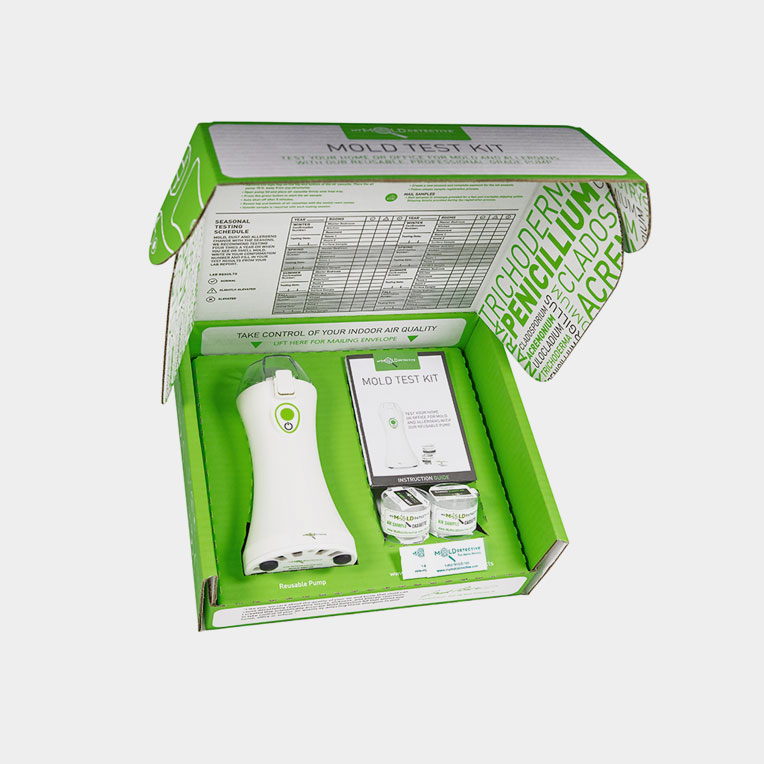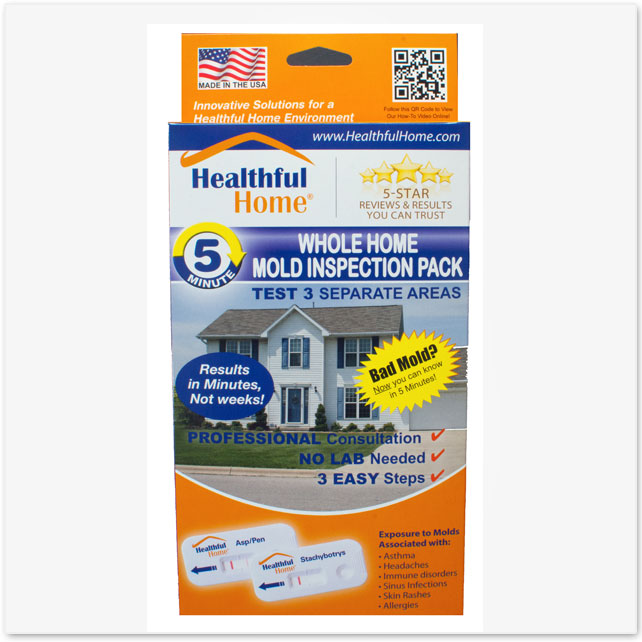The Function of Mycotoxin testing Services in Food and Feed Security
The Function of Mycotoxin testing Services in Food and Feed Security
Blog Article
Ensuring Conformity With Regulations: the Role of Mycotoxin Testing in Quality Assurance
Guaranteeing conformity with rigid policies is critical for keeping food security, and the role of mycotoxin screening in quality assurance can not be overstated. Mycotoxins, poisonous compounds produced by particular molds, posture significant health risks, making their discovery critical in food production. Adherence to governing standards, such as those established by the FDA and EU, calls for robust screening approaches and technologies to identify and quantify these contaminants. By executing extensive screening procedures, companies can protect against prospective health dilemmas, avoid pricey recalls, and preserve customer trust. The complexities of these screening processes increase vital questions about their effectiveness and performance.
Comprehending Mycotoxins
Comprehending mycotoxins is basic to making certain the top quality and safety of farming items. Mycotoxins are toxic second metabolites produced by certain varieties of fungis, generally located in foods such as flavors, nuts, and grains. These substances can develop at numerous phases of the food manufacturing procedure, from pre-harvest to storage space, and present substantial health and wellness threats to both pets and human beings (Mycotoxin testing Services). One of the most well-known mycotoxins include aflatoxins, fumonisins, ochratoxins, and trichothecenes, each connected with specific fungal species and ecological problems.
The visibility of mycotoxins in food items can lead to acute and chronic health problems, consisting of liver damages, immune suppression, and carcinogenic results. By understanding the resources, types, and impacts of mycotoxins, stakeholders in the agricultural field can better implement preventative steps and minimize risks, making certain much safer consumption for end-users.
Governing Criteria for Mycotoxins
Having developed a fundamental understanding of mycotoxins and their influence on food safety and security, it is essential to evaluate the regulatory criteria controling their existence in agricultural products. Regulative standards for mycotoxins are vital since they specify permitted restrictions, ensuring food safety and safeguarding public health and wellness. Different worldwide and nationwide companies have set these limitations based upon thorough threat assessments.
The Codex Alimentarius Compensation, an international body developed by the FAO and WHO, supplies guidelines and optimum allowed degrees for different mycotoxins in food and feed. The Codex has established restrictions for aflatoxins in peanuts, maize, and dried out figs, amongst other commodities. These standards are commonly adopted or adapted by individual nations to fit their particular demands.
In the European Union, Law (EC) No 1881/2006 stipulates maximum levels for numerous mycotoxins, such as aflatoxins, ochratoxin A, and deoxynivalenol, in numerous foodstuff. Likewise, the United State Food and Drug Management (FDA) has actually established activity degrees for mycotoxins like aflatoxins in assets such as grains and nuts.
Adherence to these regulative standards is essential for maintaining market accessibility, customer trust, and public wellness. Non-compliance can lead to substantial economic losses and health and wellness risks, highlighting the significance of rigorous mycotoxin testing methods.
Testing Techniques and Technologies

ELISA is extensively valued for its economical and quick screening capacities, making it ideal for high-throughput environments. It counts on antibodies to spot certain mycotoxins, giving outcomes in a relatively short time framework. Its sensitivity might be restricted compared to a lot more sophisticated methods.
HPLC, on the various other hand, stands out in giving quantitative analysis with high precision and precision. It separates intricate mixes right into individual elements, making it very effective important site for determining and evaluating multiple mycotoxins all at once - Mycotoxin testing Services. This technique, while a lot more taxing and resource-intensive than ELISA, uses a greater level of reliability

LC-MS stands for the peak of analytical specificity and sensitivity. Combining the separation power of liquid chromatography with the detection capabilities of mass spectrometry, LC-MS can discover even trace levels of mycotoxins. This method is essential for verifying the existence of mycotoxins in forensic and regulative contexts, making sure conformity with stringent safety criteria.
Carrying Out Examining Methods

Incorporating these sophisticated screening approaches into an extensive top quality control structure demands a well-structured approach to executing screening methods. To attain this, companies must first carry out a detailed risk assessment to identify potential mycotoxin contamination points within the supply chain. This assessment informs the development of a tailored testing technique that resolves specific vulnerabilities.
Next, establishing standardized tasting treatments is critical. Consistent sampling makes certain that examination outcomes are trustworthy and rep of the whole batch (Mycotoxin testing Services). Sticking to guidelines from regulatory bodies, such as the FDA or EFSA, aids keep conformity and improves the index trustworthiness of the testing process
Educating employees is one more critical component. Staff has to excel in both example collection and the procedure of testing equipment. Normal training sessions and qualification programs can make sure that staff member remain updated with the current strategies and regulative modifications.
Advantages of Mycotoxin Examining
Mycotoxin screening offers countless advantages that significantly boost the safety and security and quality of food and feed items. Largely, it acts as a crucial control measure to stop polluted goods from reaching the consumer market, consequently guarding public wellness. By recognizing and quantifying mycotoxins such as aflatoxins, ochratoxins, and fumonisins, manufacturers can guarantee that their items meet rigid regulatory requirements, thus preventing potential lawful repercussions and connected prices.
Furthermore, mycotoxin screening adds to the financial viability of food and feed markets by decreasing the danger of large product recalls. The capacity to separate and spot polluted sets early in the production process minimizes waste and protects against the financial losses related to broken brand name credibility. Moreover, it cultivates customer count on and loyalty, as clients are significantly aware of food security problems and need better standards.
The implementation of normal mycotoxin screening also promotes finest methods within agricultural and manufacturing markets. By adhering to strenuous testing protocols, companies can optimize their quality assurance processes, boost functional performance, and make certain the constant production of secure, premium products. Finally, the advantages of mycotoxin screening are complex, adding to public health and wellness, economic security, and market stability.
Verdict
Mycotoxin screening is vital in making sure compliance with governing criteria, thus maintaining food safety and security and high quality control. By systematically finding harmful mycotoxins, this technique assists mitigate wellness threats, avoid lawful consequences, and stay clear of economic losses related to product remembers. Executing robust screening protocols promotes consumer count on and self-confidence in food safety techniques, ultimately sustaining the honesty and track record of food companies. Thus, mycotoxin testing continues to be a vital component of contemporary food safety and security management systems.
Making sure conformity with stringent guidelines is critical for keeping food safety, and the function of mycotoxin testing in top quality control can not be overstated.In the realm of mycotoxin testing, advanced modern technologies and approaches are pivotal in ensuring food safety and regulatory compliance.Mycotoxin testing provides various benefits that substantially improve the security and high quality of food and feed products.Mycotoxin testing is important in making sure compliance with regulative standards, thus maintaining food safety and quality control. Thus, mycotoxin screening continues to be an indispensable part of modern-day food security management systems.
Report this page